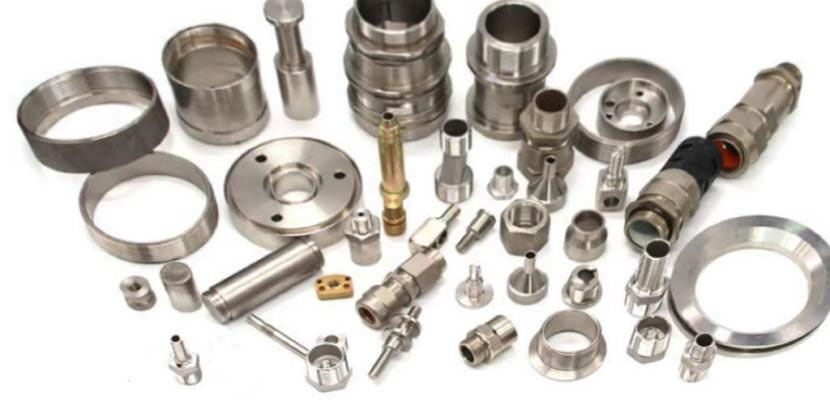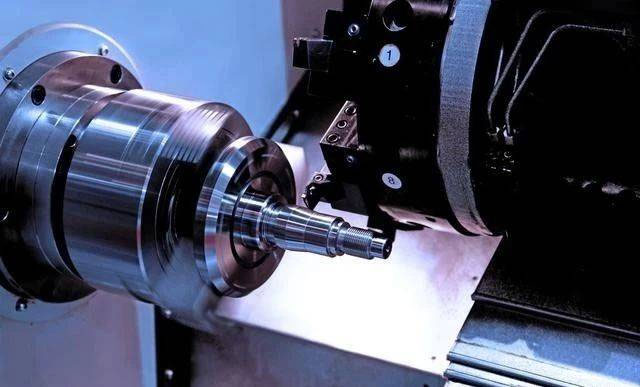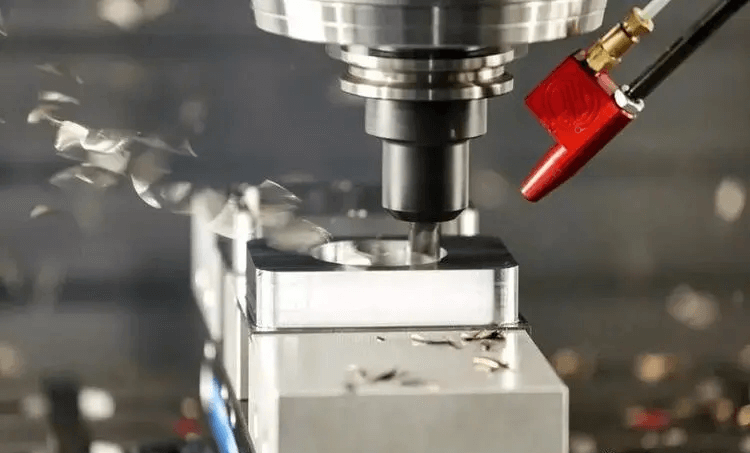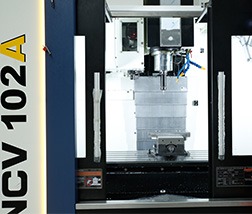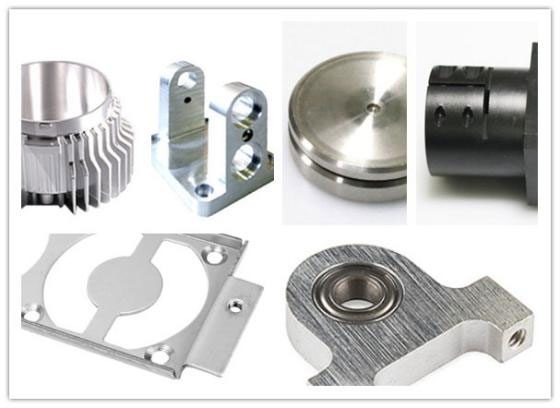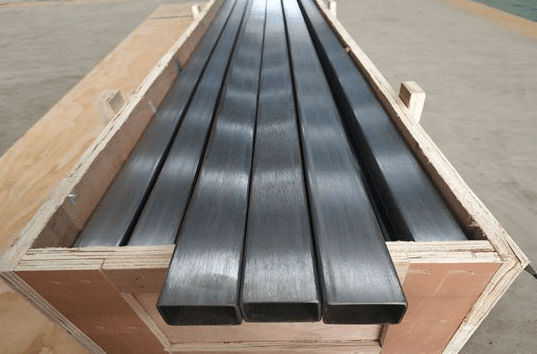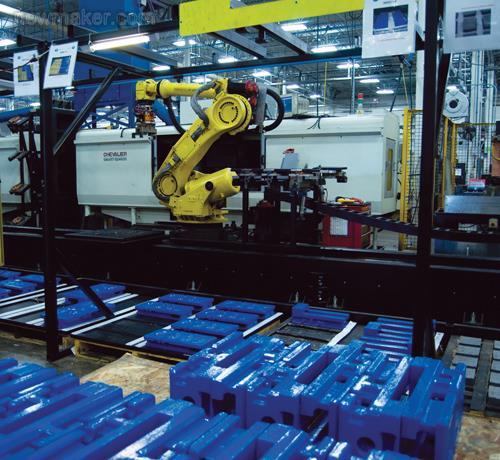Turning: turning refers to the rotary motion of the workpiece and the feed motion of the tool (that is, the linear or curve translation motion without rotation). It is suitable for machining round surfaces.
Milling: Milling refers to cutting metal workpieces with circular multi edge tools that can rotate. It is one of the main methods of plane machining. Usually, the tool rotates (makes the main motion) and the workpiece is fixed. The milling cutter teeth periodically participate in intermittent cutting, and the cutting thickness of each cutter tooth changes during the cutting process.
CNC turning and CNC milling belong to CNC machining. This paper will introduce the specific differences between the two kinds of machining in detail.
The Main Differences Between Turning and Milling Are As Follows:
Turning is used to process rotary parts, clamp the parts on the main shaft of the machine tool through a three grip chuck, rotate at a high speed, and then use a turning tool to cut out the product appearance.
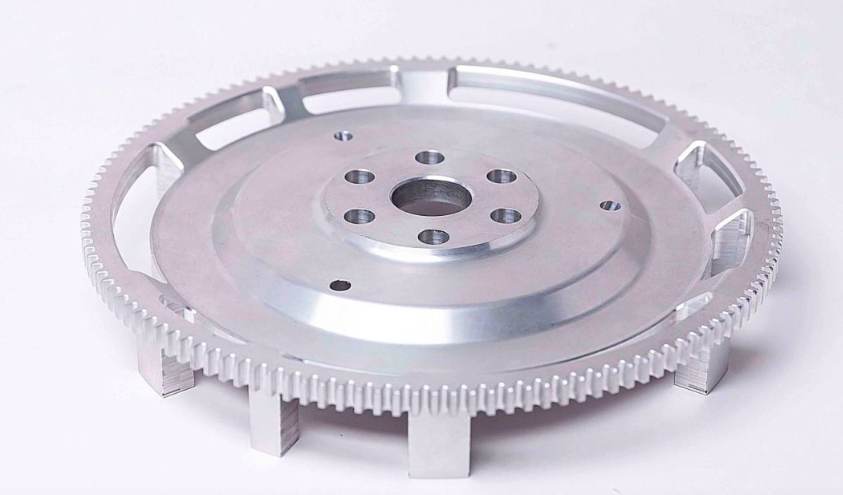
In milling, the cutter rotates at a high speed driven by the spindle, while the workpiece is relatively stationary.
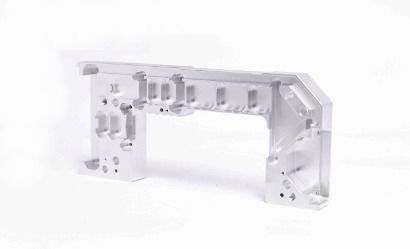
1. Differences Between Processing Objects
Turning refers to lathe processing, which is a part of mechanical processing. Lathe processing is mainly to use turning tools to process rotating workpieces. Lathes are mainly used to process shafts, discs, sleeves and other workpieces with rotary surfaces. They are the most widely used machine tools in machinery manufacturing and repair plants. CNC lathe can process the complex shape of revolving body.
Milling is to fix the blank, use a high-speed rotating milling cutter to cut on the blank, and cut out the required shape and features. Traditional milling is mostly used for milling simple contour features such as contours and grooves.
2. Different Functions
Turning is a method of cutting the workpiece by using the rotation of the workpiece relative to the tool on the lathe. Turning is mainly provided by the workpiece, not the tool.
The milling and boring machining center can be used for three-axis or multi axis milling and boring. Used for processing molds, inspection tools, tire moulds, thin-walled complex curve surfaces, etc. When choosing the content of NC milling, we should give full play to the advantages and key role of NC milling machine.
3. Different Working Principles
Turning principle:
During turning, the workpiece is driven by the spindle of the machine tool to rotate as the main motion.
The turning tool clamped on the tool holder makes feeding movement.
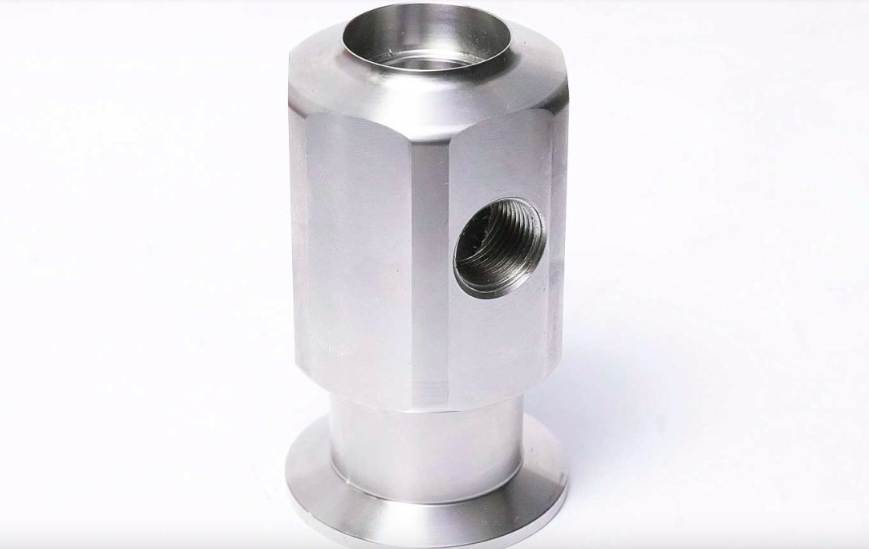
Milling principle:
Milling machine tools include horizontal milling machine or vertical milling machine, as well as large gantry milling machine. These machine tools can be either ordinary machine tools or numerical control machine tools.
Machining with rotating milling cutter as cutting tool.
Milling is generally carried out on a milling machine or a boring machine, which is suitable for machining planes, grooves, special surfaces of moulds, etc.
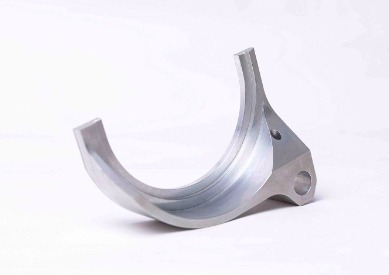
4. Different Application Objects
Lathe is the most basic and commonly used processing method in cutting. Turning is applicable to the processing of rotating surfaces and circular surfaces. Most workpieces with rotating surfaces can be machined. Such as internal and external cylindrical surfaces, internal and external conical surfaces, screws, special surfaces for rotational molding, etc.
The milling center can process complex shapes and features such as molds, inspection molds, tire molds, and complex thin-walled curved surfaces.
Through the above description, we have basically understood the difference between turning and milling. As a professional manufacturer providing high-quality rapid prototyping and large-scale manufacturing services, JTR can provide CNC machining (including CNC milling, CNC turning, wire EDM, etc.), metal stamping, injection molding, 3D printing and other services. And we have many years of production experience in this field. We can provide services to customers from all over the world. Please do not hesitate to contact us at any time.


